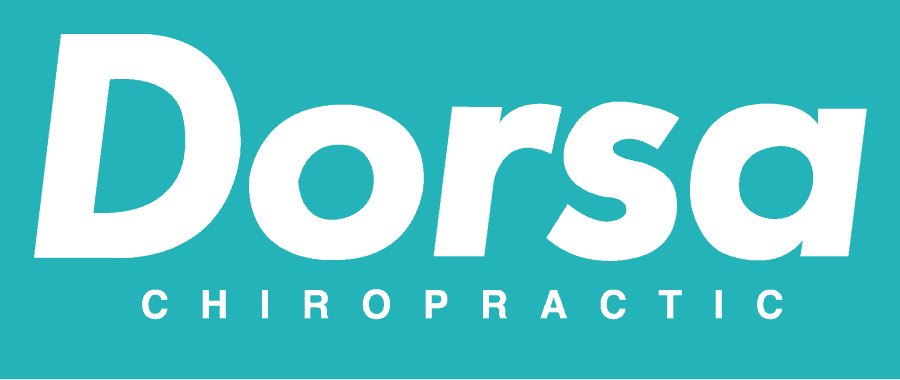Living with chronic pain can be debilitating, affecting our daily activities and overall quality of life. Fortunately, advancements in medical science have provided us with various treatment options to manage and alleviate pain. One such technique gaining popularity is trigger point injections. Our medical doctor, Dr. Sarah White, has the knowledge and experience to administer trigger point injections in Denver. In this blog post, we will explore what trigger point injections are, how they work, and the benefits they offer for pain relief and functional restoration.
Understanding Trigger Points:
Trigger points are localized areas of muscle tension or knots that can be a source of pain. They often develop due to muscle overuse, injury, poor posture, stress, or underlying medical conditions. Trigger points can cause pain, restricted range of motion, muscle weakness, and even referred pain in other areas of the body.
What are Trigger Point Injections?
Trigger point injections (TPI) involve the direct administration of medication into specific trigger points to alleviate pain and promote muscle relaxation. The injections typically contain a local anesthetic such as lidocaine or bupivacaine, and in some cases, a corticosteroid is added to reduce inflammation. The medications work by numbing the area and reducing muscle tension, allowing the muscle to relax and promoting healing.
The Procedure:
Trigger point injections are typically performed in an outpatient setting. The procedure begins with the patient assuming a comfortable position, and the healthcare provider identifies the trigger points by palpating the muscles. The skin over the trigger point is then cleaned and sterilized. A fine needle is inserted into the trigger point, and the medication is injected.
Benefits of Trigger Point Injections:
- Pain Relief: Trigger point injections provide effective and immediate relief from localized pain. The anesthetic numbs the area, interrupting the pain signals and providing immediate relief. In addition, the injection promotes muscle relaxation, allowing for increased blood flow, reduced inflammation, and accelerated healing.
- Increased Range of Motion: Trigger points can restrict joint mobility and limit range of motion. By targeting and deactivating these trigger points, TPI helps restore normal muscle function, allowing for improved flexibility and increased range of motion.
- Complementary Therapy: Trigger point injections can be used as part of a comprehensive pain management plan. They are often combined with physical therapy, chiropractic care, or other forms of rehabilitation to enhance the effectiveness of treatment and promote long-term pain relief.
- Minimal Side Effects: Trigger point injections are generally safe, with minimal side effects. Some patients may experience temporary soreness or bruising at the injection site, but these symptoms typically subside quickly. Compared to systemic pain medications, trigger point injections minimize the risk of gastrointestinal or liver-related side effects.
- Non-invasive Alternative: Trigger point injections offer a non-invasive alternative to surgery for certain conditions. They can provide significant pain relief without the need for more invasive procedures, allowing patients to avoid the risks and potential complications associated with surgery.

Welcome to Dorsa Chiropractic. We started this practice to help people like you feel great!
When you visit us here at Dorsa Chiropractic, we’ll go over your injury, pain points, or general wellness goals. Our doctors will conduct an assessment to verify the root of your physical symptoms to come up with a plan for bringing your body back to health.

